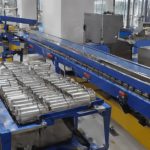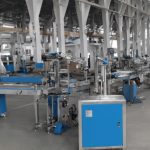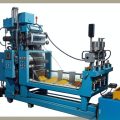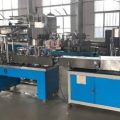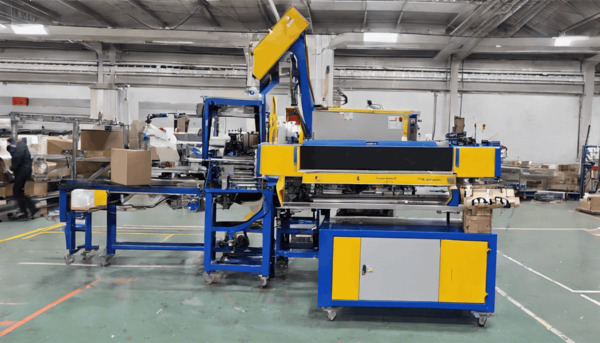
Understanding the Lifespan of an Impulse Sealer
Impulse sealers are essential tools in various industries, particularly in packaging and manufacturing. They are used to seal bags and packages by applying heat to the material, which fuses the layers together to create a secure seal. The lifespan of an impulse sealer can vary significantly based on several factors, including the quality of the machine, frequency of use, maintenance practices, and the environment in which it operates. Understanding these factors can help users maximize the lifespan of their impulse sealers and ensure efficient operation.
Quality of the Impulse Sealer
The quality of the impulse sealer is one of the most significant determinants of its lifespan. High-quality sealers are typically made from durable materials and are designed to withstand frequent use. These machines often come with robust components such as high-grade heating elements and sturdy construction, which contribute to a longer operational life. Conversely, lower-quality sealers may be constructed with cheaper materials that wear out more quickly, leading to a shorter lifespan.
Frequency and Intensity of Use
The frequency and intensity with which an impulse sealer is used can greatly impact its longevity. Sealers that are used continuously in high-volume operations are likely to experience more wear and tear than those used sporadically. The heating element, in particular, can degrade over time with constant use, leading to a need for replacement or repair. Users should consider the demands of their operations when selecting an impulse sealer to ensure it can handle the workload without premature failure.
Maintenance and Care
Regular maintenance and proper care are crucial for extending the lifespan of an impulse sealer. This includes routine cleaning of the sealing surface to prevent residue buildup, which can affect the quality of the seal and the efficiency of the machine. Additionally, replacing worn parts such as the heating element, Teflon covers, and sealing wires as needed can prevent more significant issues from developing. Following the manufacturer’s maintenance guidelines and schedule can help ensure the sealer remains in good working condition for as long as possible.
Operating Environment
The environment in which an impulse sealer is used can also influence its lifespan. Machines operated in clean, controlled environments are likely to last longer than those exposed to dust, moisture, or extreme temperatures. Dust and debris can clog the machine and affect its performance, while moisture can lead to corrosion of metal components. Ensuring that the sealer is used in a suitable environment can help mitigate these risks and prolong its operational life.
Typical Lifespan of an Impulse Sealer
While the lifespan of an impulse sealer can vary, a well-maintained, high-quality machine can last anywhere from 5 to 10 years or more. However, this is a general estimate, and actual longevity can differ based on the factors mentioned above. Some users may find their sealers lasting beyond this range with proper care, while others may need to replace their machines sooner if they are heavily used or not adequately maintained.
Maximizing the Lifespan of Your Impulse Sealer
To maximize the lifespan of an impulse sealer, users should prioritize regular maintenance and adhere to best practices for operation. This includes:
- Following the manufacturer’s instructions for use and maintenance.
- Regularly inspecting the machine for signs of wear and tear.
- Replacing consumable parts like heating elements and Teflon covers as needed.
- Keeping the sealing surface clean and free from residue.
- Ensuring the machine is used in a suitable environment, free from excessive dust and moisture.
- Using the sealer within its designed capacity to avoid overloading.
By implementing these practices, users can help ensure their impulse sealers operate efficiently and last as long as possible, providing reliable performance for their packaging needs.
Conclusion
In conclusion, the lifespan of an impulse sealer is influenced by a combination of factors including quality, usage, maintenance, and environment. While a general lifespan can be estimated, the actual longevity will depend on how well the machine is cared for and the conditions under which it operates. By understanding these factors and implementing best practices, users can maximize the lifespan of their impulse sealers, ensuring they continue to meet their packaging needs effectively and efficiently.

